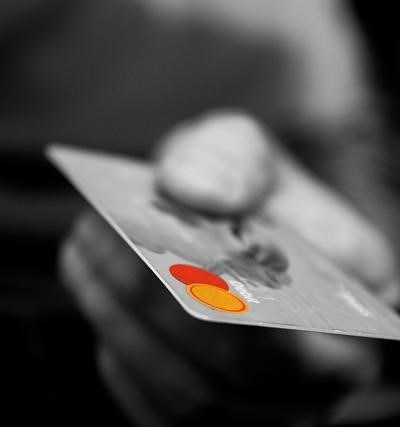
I’ve always been fascinated by technology, and when I first heard about Bitcoin, I was immediately hooked. The idea of a decentralized, digital currency felt revolutionary. But integrating it into my everyday life? That seemed a bridge too far… until recently. My journey into using credit cards for cryptocurrency shopping has been an interesting one, filled with both exciting discoveries and frustrating hurdles.
My first foray involved online crypto purchases. I used a credit card to buy Bitcoin through a reputable exchange. The process was surprisingly straightforward, though I did have to navigate some KYC (Know Your Customer) procedures. This was followed by using my Bitcoin for Bitcoin shopping at a few online retailers who accepted it. The experience was seamless – I simply chose Bitcoin as my payment method at checkout. The transaction speed, however, wasn’t as instant as I’d hoped; there was a slight delay for confirmation.
Next, I explored Ethereum transactions. I found that using Ethereum for online purchases was a bit more complex, largely due to the associated gas fees. While I successfully completed several transactions, the fees sometimes ate into the value of smaller purchases. My experience with Litecoin commerce was similar, albeit with lower transaction fees. Digital currency spending, I discovered, was far more convenient for larger purchases.
To streamline things, I looked into crypto debit cards. These cards allow you to spend your crypto holdings like a regular debit card. I found the application process simple, and within a week, I had a card linked to my crypto wallet. The convenience was undeniable – I could use my crypto for everyday purchases without having to convert it first. However, merchant crypto acceptance remains limited. Many stores still don’t accept crypto payments directly.
My exploration extended to credit card crypto conversion services. These services allow you to convert your credit card balance into cryptocurrency. It’s a handy option if you want to add to your crypto holdings without directly buying them with fiat currency. I did this a few times, but the exchange rates can be less favorable than those on dedicated exchanges.
I also investigated crypto rewards cards, which offer cryptocurrency rewards for everyday spending. These cards are a great way to passively accumulate crypto while making regular purchases. However, it is important to note the specific terms and conditions of these cards. I also benefited from using secure crypto wallets to store my crypto assets.
Cryptocurrency security is paramount. I learned the hard way that securing your crypto wallets is vital. I did experience a minor scare with a phishing attempt but managed to avoid any loss of funds. The crypto volatility risk is another crucial factor to consider. Cryptocurrency prices can fluctuate significantly, and I’ve seen my holdings go up and down substantially. This highlights the importance of only investing what you can afford to lose.
Peer-to-peer crypto transactions offer an alternative approach, allowing for direct transactions between individuals. I tried this a couple of times, and while it’s a compelling option for building trust with sellers, it carries a higher risk if not handled carefully. The evolving landscape of crypto regulation needs careful attention too. The regulatory environment is changing rapidly, and staying informed is critical.
My experience with blockchain payments has been largely positive. The technology underlying cryptocurrency is fascinating, and its potential to disrupt traditional finance is undeniable. The integration with decentralized finance (DeFi) is another area I’m exploring; it offers exciting possibilities but also requires a cautious and informed approach. Crypto exchange integration is key for seamless transactions and a smooth user experience.

